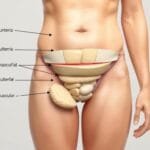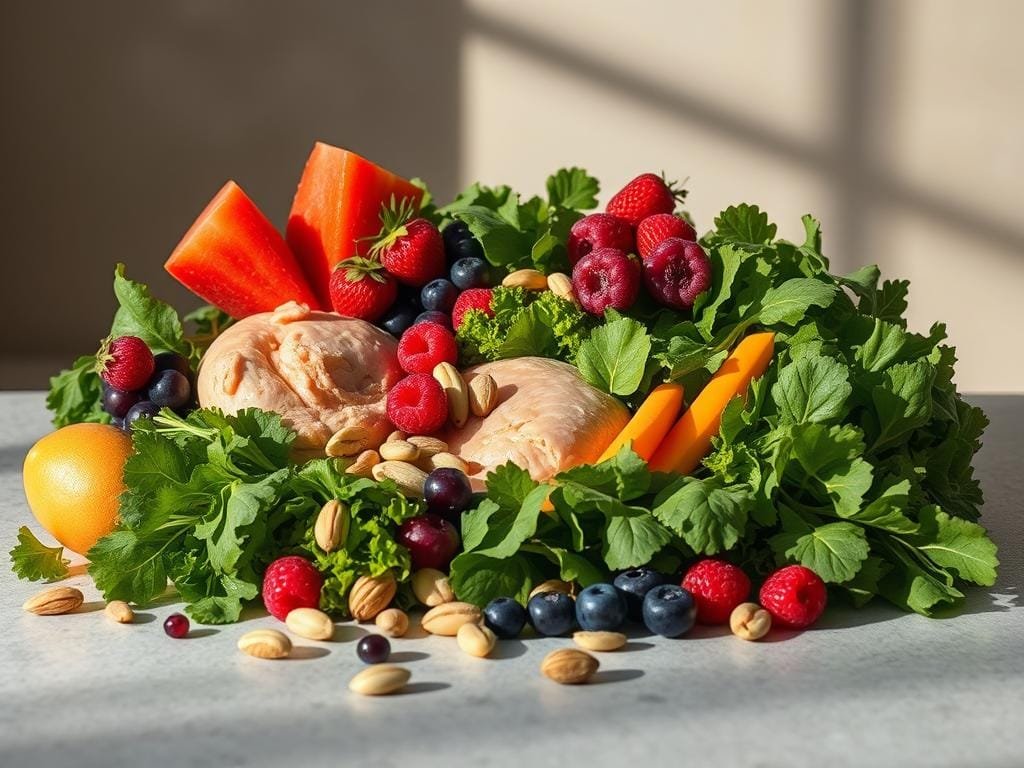Burns the most fat? Did you know running is the best way to burn calories per hour? It’s one of the top choices for weight loss. To lose weight, you need to use more calories than you eat.
Focus on activities that burn more calories than you consume. Stationary biking, jogging, and swimming are great alternatives to running. They can help you burn fat just as well.
Adding these exercises to your routine can kickstart your weight loss journey. It’s all about finding a balance that suits you and sticking to it.
Table of Contents
Understanding Fat Loss
Learning how to burn fat is essential for a successful weight loss journey. Fat loss is not just about losing weight. It’s about cutting down body fat while keeping or even growing muscle.
What is Fat Loss?
Fat loss means reducing body fat, unlike weight loss. Weight loss can include losing water, muscle, and fat. But fat loss focuses only on reducing body fat. It needs a healthy diet, regular exercise, and patience.
Key factors influencing fat loss include:
- Genetics
- Dietary habits
- Exercise routine
- Hormonal balance
Importance of a Caloric Deficit
To lose weight, you must be in a caloric deficit. This means you eat fewer calories than your body burns. You can do this through diet, exercise, or both. A caloric deficit tells your body to use stored fat for energy.
| Method | Description | Effectiveness |
|---|---|---|
| Dietary Changes | Reducing calorie intake through healthier food choices | High |
| Exercise | Increasing physical activity to burn more calories | High |
| Combination | Both dietary changes and increased exercise | Very High |
For more tips on effective weight loss strategies, visit Boost Healthy Life for more guidance.
Types of Fat
Your body has different kinds of fat, each affecting your health in unique ways. Knowing these differences is key for body fat reduction and getting a lean physique.
Subcutaneous vs. Visceral Fat
There are two main types of fat: subcutaneous and visceral. Subcutaneous fat is under your skin, while visceral fat is around your organs. Learning about fats in your diet can help manage these fats better.

How Each Type Affects Health
Visceral fat is a big concern because it increases health risks like heart disease and diabetes. Losing weight, mainly around the belly, can make blood vessels work better and improve sleep. For example, less visceral fat means lower risk of metabolic syndrome.
Subcutaneous fat, while part of body composition, is less harmful. To burn fat and boost health, a balanced diet and exercise are vital. This approach reduces visceral fat and improves body composition.
Effective Exercises for Burning Fat
High-intensity workouts can really help you lose fat. The exercise you choose is key. Focus on exercises that burn calories and boost your metabolism for hours.
High-Intensity Interval Training (HIIT)
HIIT involves short, intense exercise followed by rest. It’s great for burning fat. HIIT workouts burn more calories than other exercises. They’re perfect for those who want to lose weight fast.
Try sprint intervals, burpees, jump squats, and mountain climbers. These exercises are good for fat loss and improve your heart health and muscle endurance.
Strength Training Techniques
Strength training is important for losing fat. It helps build muscle, which increases your resting metabolic rate. This means you burn more calories even when you’re not working out. Strength training is a great way to natural fat burning.
Use weightlifting, resistance bands, and bodyweight exercises like push-ups and squats. Focus on exercises that work many muscles at once for the best results.
| Exercise | Muscle Group | Benefits |
|---|---|---|
| Squats | Legs, Glutes | Strengthens lower body, improves balance |
| Push-ups | Chest, Shoulders, Triceps | Improves upper body strength, enhances core stability |
| Deadlifts | Back, Legs, Glutes | Full-body strength, improves posture |
Cardio Workouts to Consider
Cardio workouts are key for fat loss. Running, cycling, and swimming are good for burning calories and heart health. Choose cardio exercises you enjoy to keep up with your routine.
“The key to successful fat loss is finding a balance between diet and exercise that you can maintain in the long term.”
Vary your cardio routine to maximize fat loss. Change the intensity, duration, or type of activity. For example, mix steady-state cardio with HIIT to keep things interesting and avoid plateaus.
Nutrition and Fat Burning
Nutrition is key for burning fat. Knowing how it works can really help your results. When you want to reduce body fat, think about your diet as much as your workouts.

Role of Macros in Fat Loss
Macronutrients like proteins, carbs, and fats are important for a lean physique. Proteins help repair and grow muscles. Foods like Greek yogurt, quinoa, and eggs can help you lose weight by keeping you full and supporting muscle.
Carbs give you energy for workouts, and fats help with hormone production. It’s important to balance these to make a good nutrition plan for losing fat.
Best Foods That Burn Fat
Some foods help burn fat. Green tea, for example, can help you lose weight by making your body burn fat. Adding these foods to your diet can help you slim down.
- Green tea
- Greek yogurt
- Quinoa
- Eggs
For more tips on boosting your metabolism and burning fat, check out morning habits that can support your weight loss.
Meal Timing and Frequency
It’s not just what you eat, but when and how often. Some studies say eating smaller meals often can keep your metabolism up all day.
But, the most important thing is finding a meal plan that fits you and supports your health and fitness goals.
Importance of Metabolism
Boosting your metabolism can help you lose fat faster. Your metabolic rate shows how well your body burns calories. A higher metabolism means you burn more calories, even when you’re not moving.
How Metabolism Impacts Fat Loss
Metabolism is how your body turns food into energy. A faster metabolism burns more calories, which is key for losing fat. With a high metabolic rate, you burn fat more efficiently. This makes losing weight easier and helps you keep it off.
Factors Influencing Metabolism include age, genetics, and muscle mass. As you get older, your metabolism slows down. But, strength training can help by building muscle. This increases your resting metabolic rate.
Ways to Boost Your Metabolism
There are many ways to boost your metabolism. High-Intensity Interval Training (HIIT) can greatly increase your metabolic rate. Also, strength training builds muscle, which supports a higher metabolism.
Nutrition is also key. Eating protein-rich foods can raise your metabolic rate. Drinking enough water and getting enough sleep are also important for a healthy metabolism.

For more tips on boosting your metabolism, check out Boost Your Metabolism to Burn Fat. This resource offers detailed advice to increase your metabolic rate and aid in fat loss.
| Activity | Calories Burned per Hour |
|---|---|
| Running | 600-800 |
| Stationary Bicycling | 400-700 |
| Swimming | 450-700 |
The table shows that activities like running, stationary bicycling, and swimming burn a lot of calories. Doing these regularly can help increase your metabolic rate.
Staying Motivated on Your Fat Loss Journey
Staying motivated is key as you work on losing weight. You need the right mindset, consistent effort, and a supportive environment. These things help you stay on track.
Building Consistency
To stay consistent, add healthy habits to your daily life. Eating a balanced diet with whole foods keeps you full longer. Find healthy recipes on websites like Boost Healthy Life.
Surrounding Yourself with Support
A support system boosts your motivation to lose weight. Be around people who share your health goals. Join a community or find a workout buddy to stay motivated and accountable.

